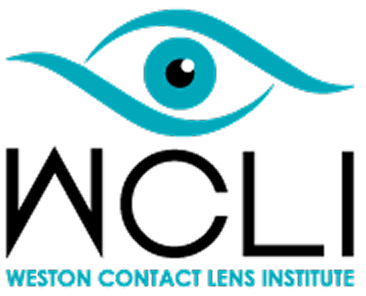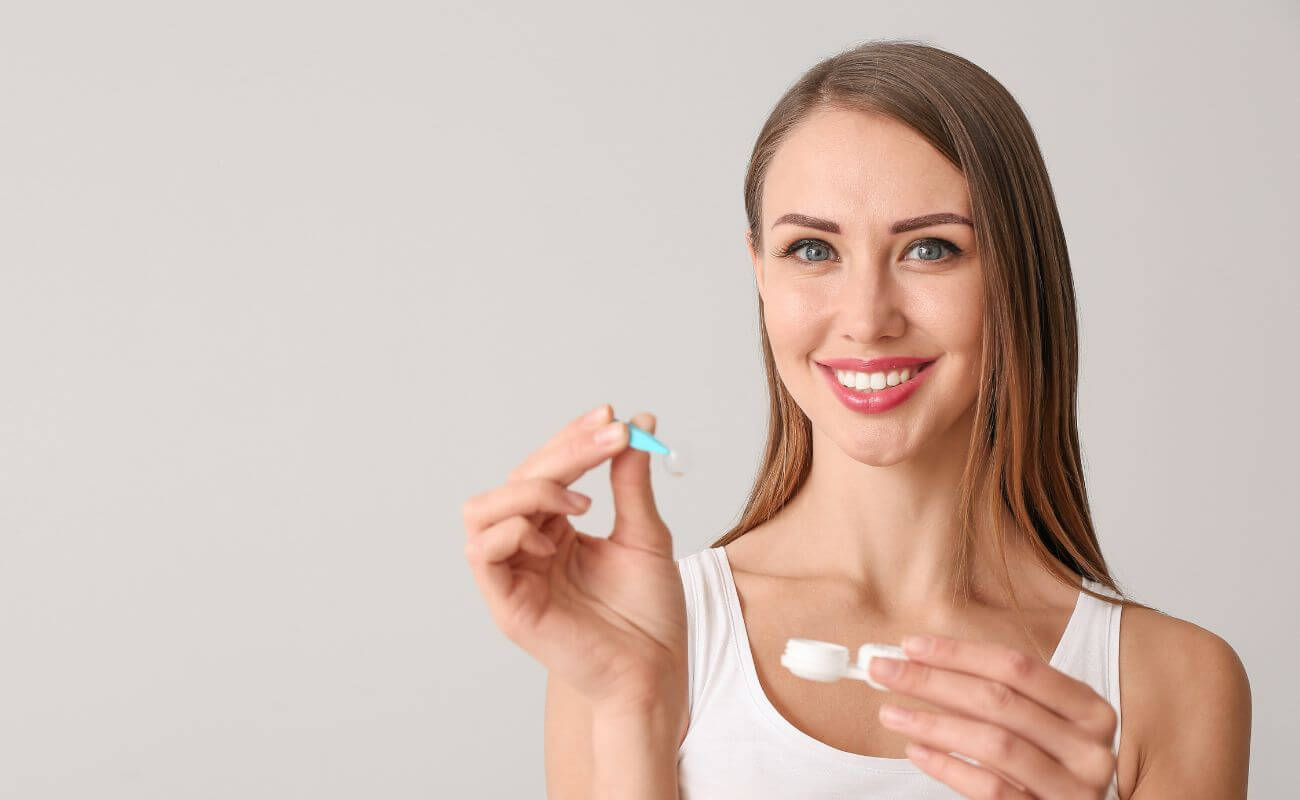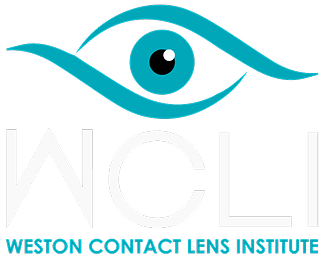Dry eye disease is an often misunderstood condition that affects millions of people worldwide. While symptoms such as irritation, burning, and blurred vision are common, the underlying causes are usually more complex to identify. Patients often turn to generic, over-the-counter solutions that provide temporary comfort without addressing the root cause.Effective dry eye treatment requires a comprehensive treatment plan. This strategy must address the condition holistically rather than just providing symptomatic relief. Today’s blog explores why personalized treatment plans are essential and how they can provide lasting relief.
Is Dry Eye a Complex Condition?
Dry eye disease is caused by several underlying issues and a wide range of contributing factors. Firstly, there are two forms of dry eye: evaporative dry eye and aqueous-deficient dry eye. Each type originates through distinct issues that cannot be treated the same way. It requires a more considered, gentle approach that focuses on the underlying cause.Evaporative dry eye is a result of meibomian gland dysfunction. Meibomian glands secrete oils or lipids that form the outer layer of the tear film. This oily film helps prevent excessive tear evaporation. Aqueous-deficient dry eye is a result of lacrimal gland dysfunction that causes insufficiency of the moisture layer of the tear film.In addition to gland dysfunctions, factors such as inflammation, environmental conditions, and chronic health problems can contribute to dry eye disease. Medications, hormonal changes, and lifestyle habits also play a significant role in its development. Due to the extensive list of possible causes, each patient’s dry eye experience is unique, with distinct symptoms, triggers, and severities.In many cases, patients experience a combination of both evaporative and aqueous-deficient dry eye, known as mixed mechanism dry eye. This form of dry eye is particularly challenging to diagnose and treat because it involves both insufficient tear production and increased tear evaporation. Addressing only one component of the disease may lead to incomplete or temporary relief. For these patients, a more nuanced and layered treatment plan is required; one that targets both the lipid and aqueous deficiencies to restore a stable and healthy tear film.
Why Do Generic Treatments Not Work for Everyone?
There are numerous generic over-the-counter dry eye medications available. Artificial tears are among the most easily accessible dry eye treatments. Still, they do not address the underlying issue and only provide temporary relief from the dry eye symptoms. Despite regular use of artificial tears, many patients find that their discomfort persists, and symptoms deteriorate regardless.A one-size-fits-all perspective overlooks the individual risk factors and causes that contribute to the development of dry eye. This approach may result in ongoing discomfort, disease progression, and complications such as infection or corneal scarring. Generic treatments often prioritize immediate results over long-term support and disease management, which could exacerbate dry eye and lead to permanent ocular surface damage.
What’s Needed for a Personalized Dry Eye Treatment Plan?
Personalized dry eye treatment relies on a more measured approach that considers all potential causes. It’s essential to schedule an assessment with an eyecare practitioner who can evaluate your symptoms and lifestyle to determine what triggers your dry eye. With so many potential causes, we examine your condition from every angle before starting treatment.The assessment process begins with obtaining a detailed patient history and evaluating tear film quality and quantity. Your eye doctor will then use advanced diagnostic tools to verify how well your glands are functioning, identify inflammation, and measure tear osmolarity (the salt concentration) to assess your general eye health.Our eyecare practioners use all the information gathered to pinpoint the mechanisms at play, whether it’s evaporative tear loss, aqueous layer deficiency, inflammation, or a combination of these. A thorough understanding enables us to develop a precise treatment plan tailored to each patient.Patients with evaporative dry eye may benefit from procedures such as Intense Pulsed Light (IPL) therapy, and heat & expression treatments, which addresses gland issues, including blockages and underlying inflammation (blepharitis). Patients with aqueous-deficient dry eye may require medications that reduce inflammation, hydrate the eye, and/or punctual plugs that reduce tear drainage. When significant inflammation is present, we may prescribe anti-inflammatory drops or corticosteroids.We may also prescribe eyelid hygiene routines as part of your ongoing home care. If we determine that other issues need attention, we may recommend additional dry eye management options. For instance, consulting a nutritionist, making adjustments to your environment, or using specialty contact lenses can help alleviate symptoms and protect your eyes from further damage.
Does Dry Eye Require Ongoing Monitoring?
Dry eye disease is often chronic and typically fluctuates over time. As your symptoms, lifestyle, or health status change, your treatment plan requires adjustment. Ongoing monitoring is essential to manage dry eye effectively and address any new issues as soon as they appear. We must also know when to intervene should the disease progress.
Achieve Lasting Comfort With Personalized Dry Eye Care
Dry eye disease is too complex for one-size-fits-all approaches to be practical. Personalized treatment plans based on a thorough understanding of the individual’s condition offer the best chance of achieving lasting comfort and preventing complications.At Weston Contact Lens Institute, we prioritize ocular health and long-term management over quick fixes. If you are experiencing persistent dry eye symptoms, please don’t hesitate to contact us to schedule an evaluation today.





